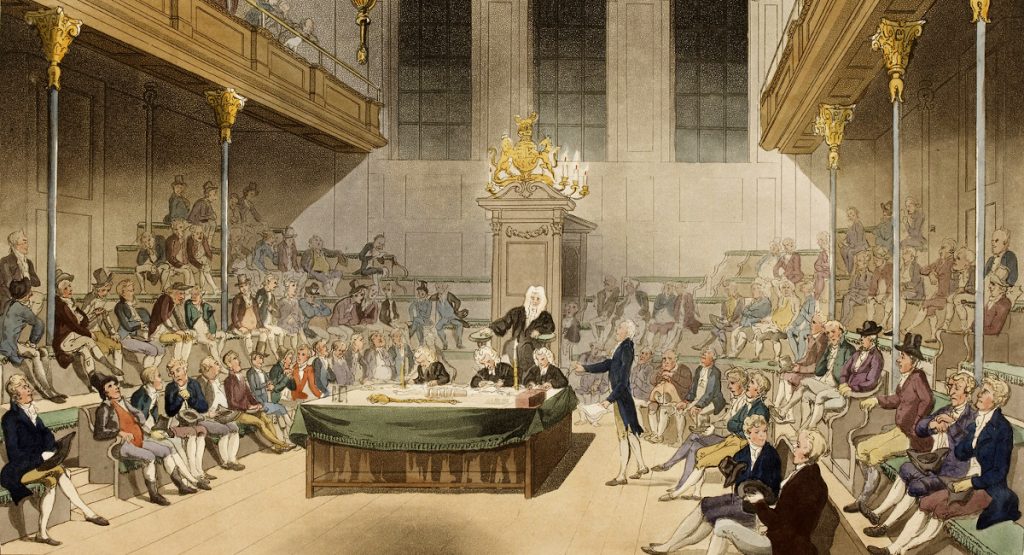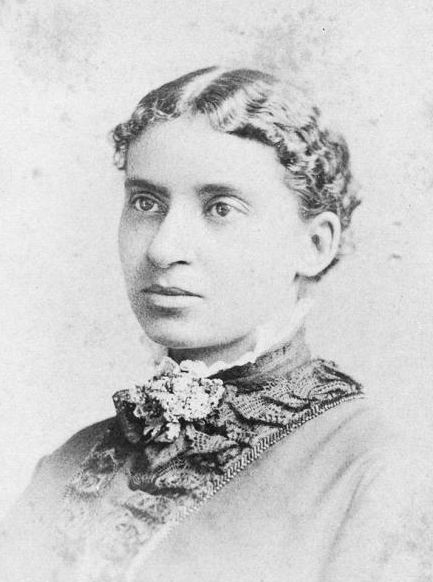learning from the past
History & Historic Abolitionism
Today’s anti-modern slavery movement has a lot to learn from history. The forms of exploitation that exist today are fuelled by chronic structural socio-economic inequalities.
Yes, Black skin colour is not a precondition for modern slavery and contemporary bondage, but we cannot neglect the powerful role of racism and nationalism in shaping the global political economy from which modern slavery and human trafficking currently derive, as well as perceptions of modern slavery itself, including who gets counted as one.
Anti-slavery policies and efforts today tend to ignore the ways that race, ethnicity and sexuality shape vulnerability.
Vague definitions of what constitutes as modern slavery also cause problems. For example, it is misleading to say that more people are living in modern slavery today than in four centuries of the African Slave Trade. This is a false comparison between today’s expansive definition of modern slavery and the narrowly defined historic slave trade out of Africa. This comparison of figures also diminishes the severity of the Transatlantic Slave Trade, fortifying the problematic hierarchy of victimhood among historically trafficked peoples.
The ‘Abolition’ of Slavery:
Slavery was eventually destroyed not because of the enlightened leadership of white legislators, but because millions of enslaved people used their mobility before and during the American Civil War and the abolitionist movement in Britain to upend the moral, strategic and political purposes of the movement and conflicts.

Historically, in Britain, Wilberforce was only a mouthpiece for the anti-slavery movement in Parliament. He was only able to pressure the British Parliament because of the large number of petitions and testimonials flooding in from all over Britain. It is clear that the anti-slavery argument historically spread via existing community networks and specifically through faith, commerce and place.
In Britain, between 1787 – 1788, community mobilising was the driving force behind the anti-slavery movement with over 100 petitions sent to Parliament collating over 60,000 signatures. After the 1791 Abolition of Slavery Bill was defeated in Parliament, 519 more petitions containing over 390,000 signatures were delivered to Parliament. Wilberforce was lifted by this community organising and the subsequent petitions.
What Can We Learn from Abolitionists of the Past?
Historic abolitionists have taught us that it is crucial to sustain political change and hold political authorities accountable at the same time.
From historic abolitionist movements, we can see the need to question government policies. The economic frameworks that enable exploitation to thrive provide benefits to governments and the private sectors – the very entities that claim to be championing anti-modern slavery efforts. It is therefore important that we are sceptical of government and private sectors efforts, including when these entities fund projects, data collection and grassroots efforts. We must ask ourselves ‘Who are anti-slavery efforts working for?’ rather than ‘Are they working?’.
The relationships between immigration policies within western democracies and the trafficking of refugees or the broader immigration restrictions that propel many migrants to pay traffickers in the first place must be recognised. We must question immigration, citizenship status and migration policies.

Thomas Clarkson was an English abolitionist and a campaigner against the slave trade across the British Empire. In 1789, Clarkson published ‘The Substance of the Evidence’, a series of writings detailing his findings of the Transatlantic Slave Trade. There is a lot to learn from Clarkson, his thinking, and writings:
- When collecting data about exploitation, objectivity, clarity, truthfulness and consistency are needed.
- Exploitation involves crimes that are systemic, rather than individual in nature.
- Clarkson was a ferocious critic of entrenched governmental interests, fearless in his desire to unmask the hypocrisy that economic and political power created.
- Governments are crafty in the way they (duplicitously) appropriate and subvert anti-slavery rhetoric.

There is much to learn from Maria Stewart too, a free-born African American teacher, journalist, lecturer, abolitionist, and women’s rights activist.
In the 1830s Maria Stewart spoke truth to power while organising political coalitions that would challenge authority and the immoral policies harming people in slavery, free Black citizens and women across the United States.
Community Organising in History:
Ethical consumption is a very powerful concept that we see today. Ethical consumption emerged in the 1790s when political campaigning was challenging due to the British wars with France. From the 1790s onwards, campaigning around economic and consumption behaviour expanded rapidly. In 1791, William Fox denounced the purchasing of slave-made sugar in a pamphlet that sold over 70,000 copies. Over 300,000 people joined the boycott of slave-produced sugar (anti-saccharate campaign). The campaign was a success because of local groups of women who controlled the purchasing of household goods during this period.
The free produce movement grew throughout the 1800s allowing families and communities to address slavery and other human rights abuses through immediate actions in their homes and cities. Although, this form of consumption was only a small part of the overall market; similar or arguably smaller than the Free Trade market we see today.
Local anti-slavery movements helped to sustain the antislavery movements of the past. There was a clear display of empathy among abolitionists – personal choice and community action. Communities are part of the underpinning problem but can also be part of the solution.
“If we aspire to make history in fighting the scourge known as modern slavery, we do need to learn from the past, from the debates about history that abolitionists generated, and from the spectacular disagreements among them that shed light on our dilemmas in the present.” – Gunther Peck.
Source: Fighting Modern Slavery and Human Trafficking: History and Contemporary Policy.
